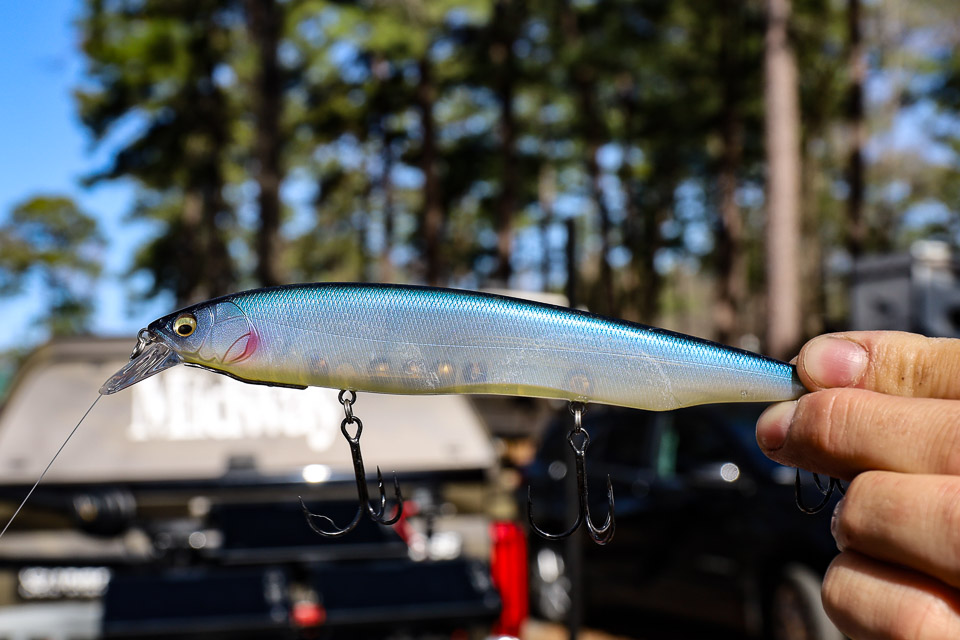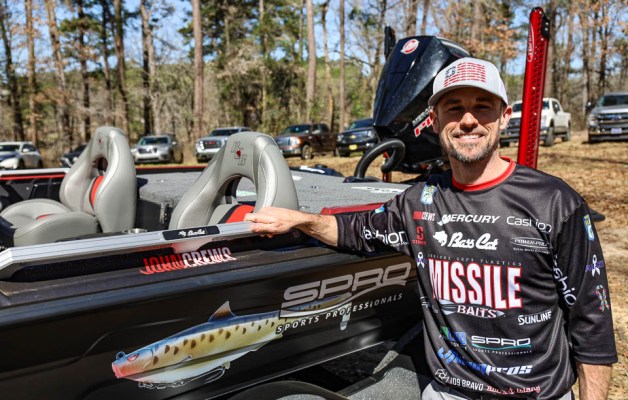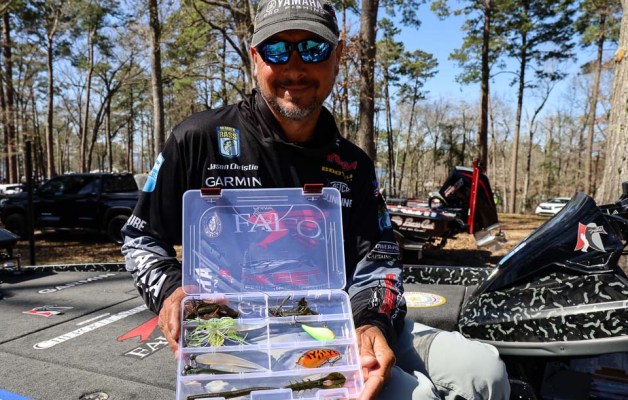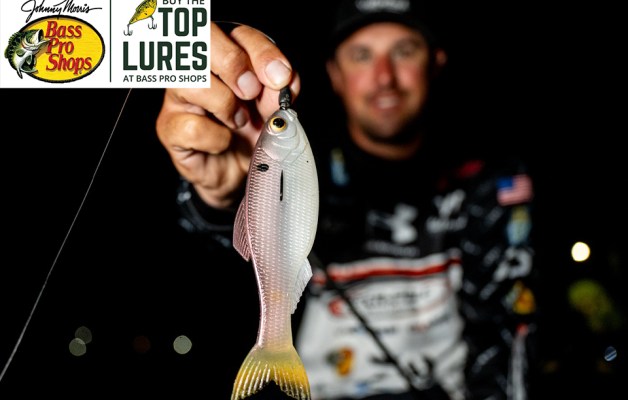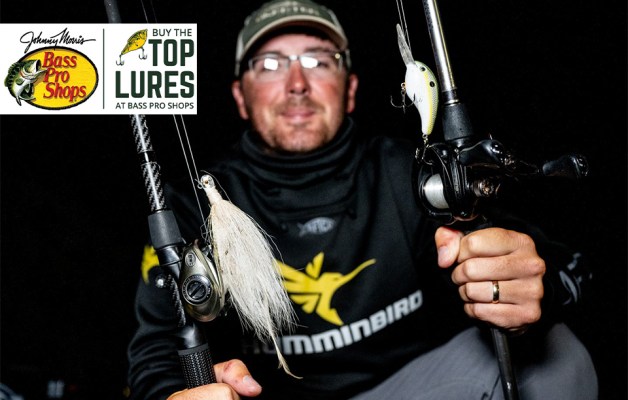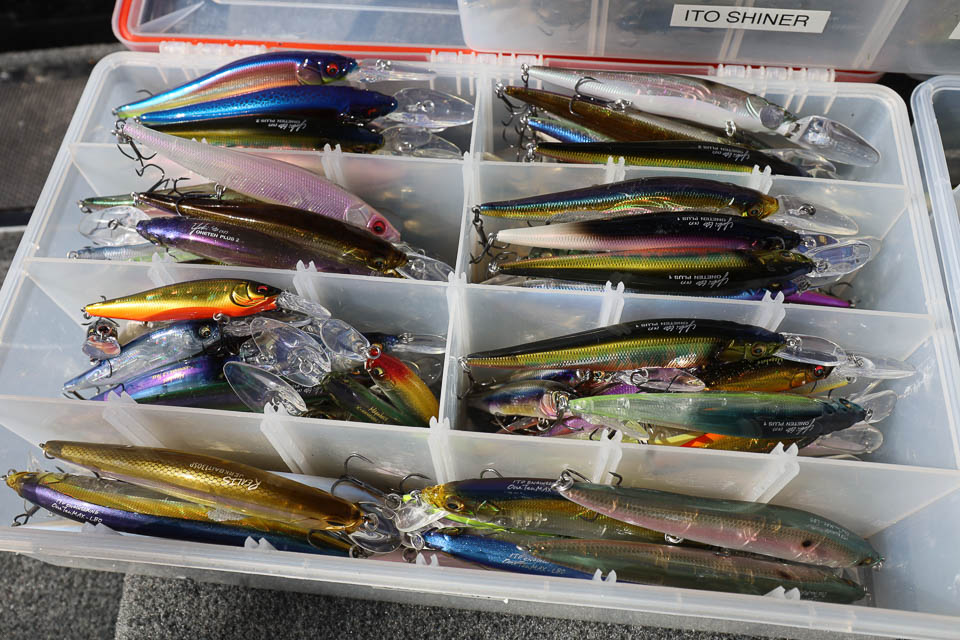
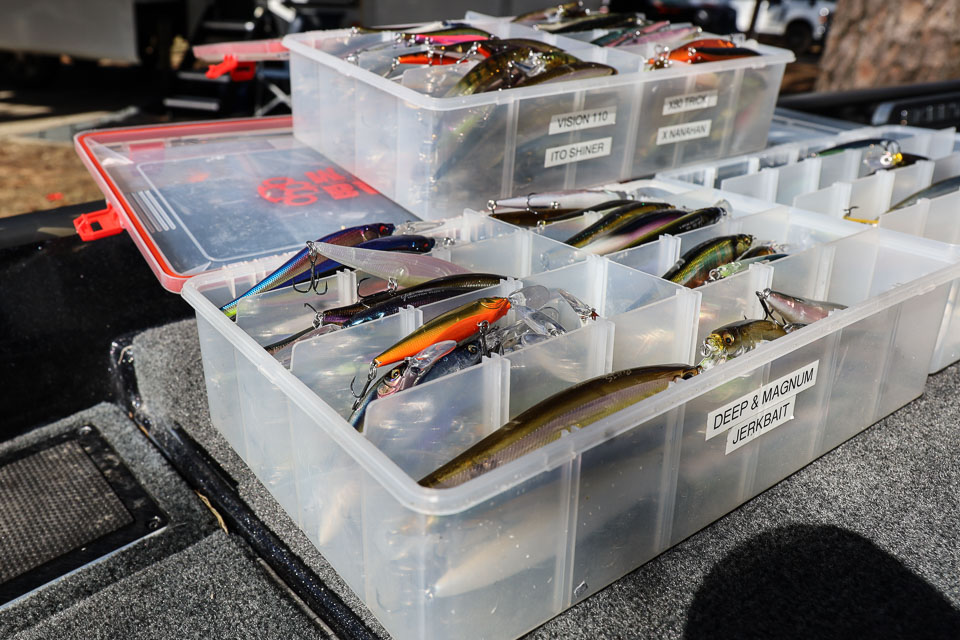
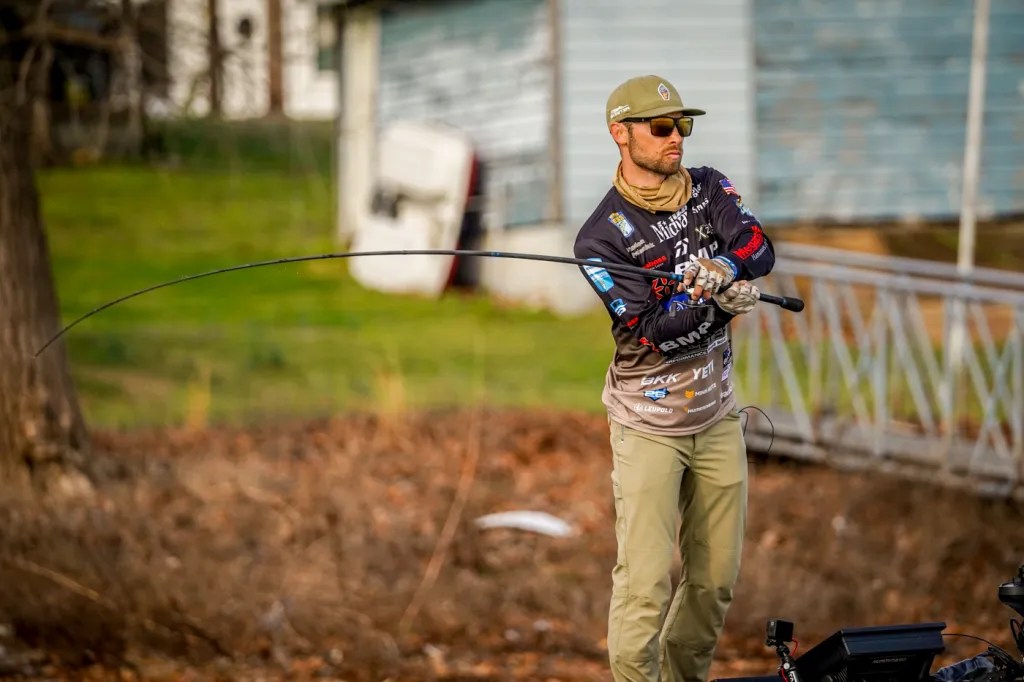
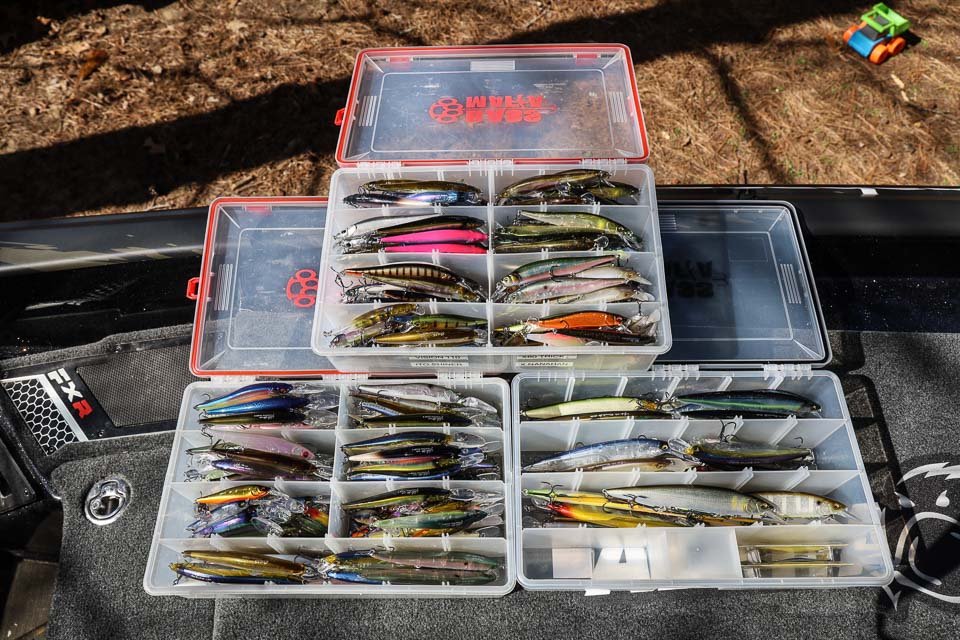
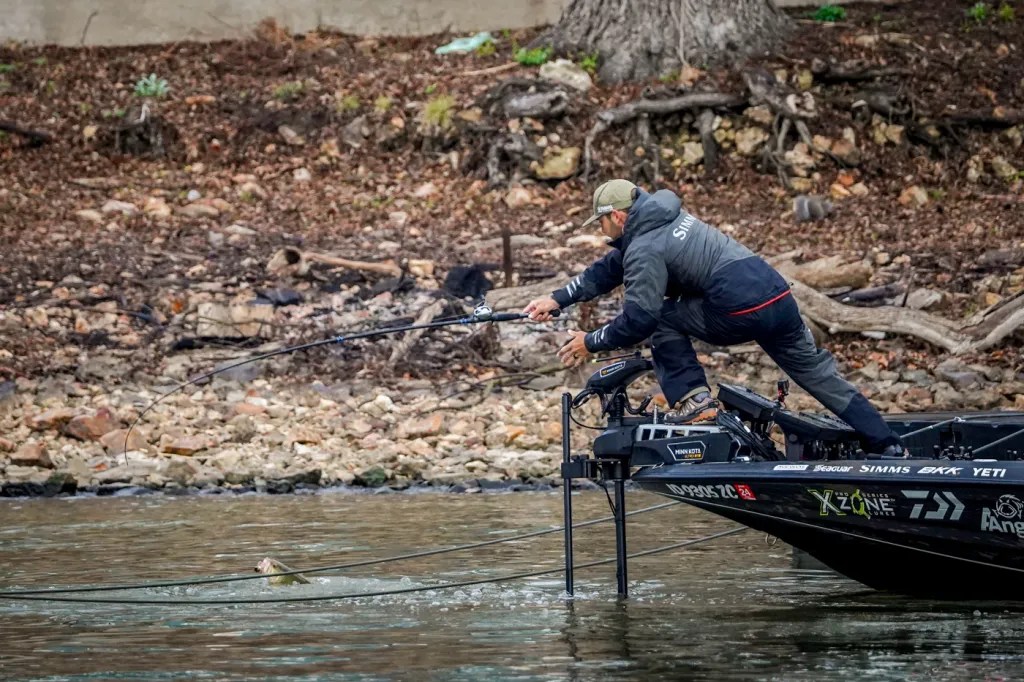
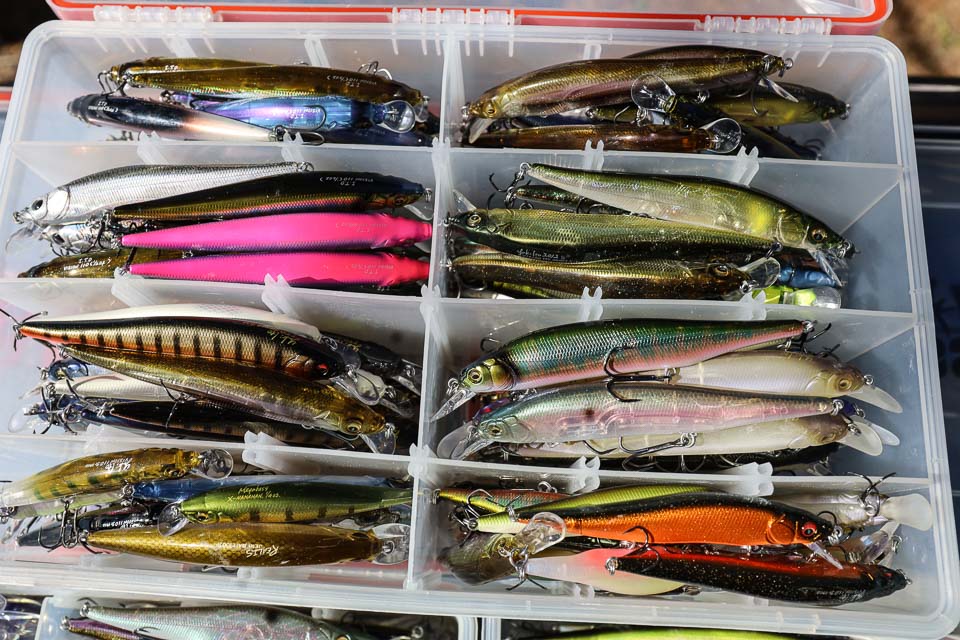
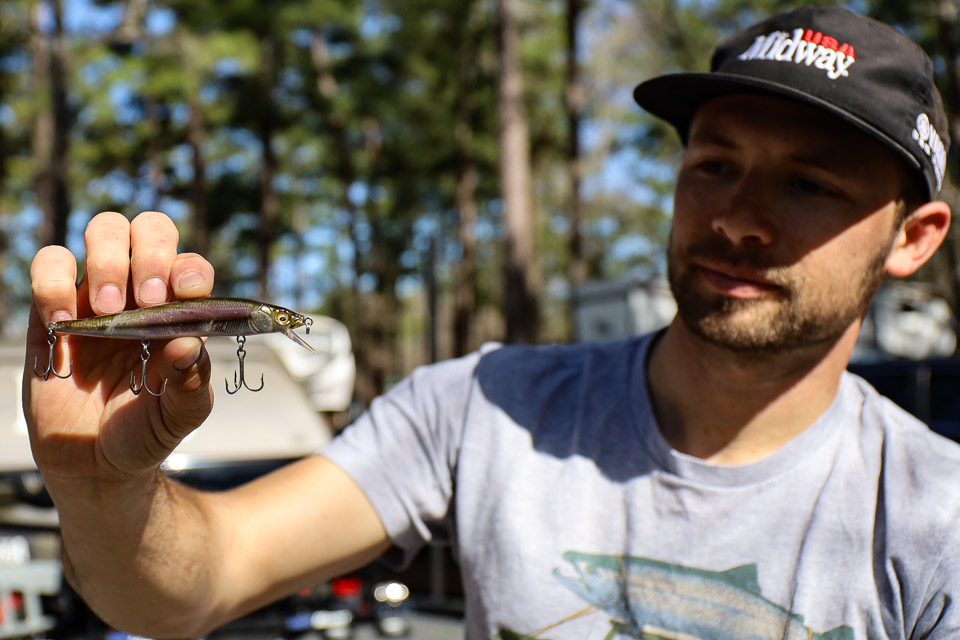
“This is the modern standard for jerkbaits,” Palaniuk said. “I’d say most of the jerkbaits on the market are based on this platform.” The suspending jerkbait has a 4- to 6-foot running range and is ideal when water temps range from 38 to 70 degrees.
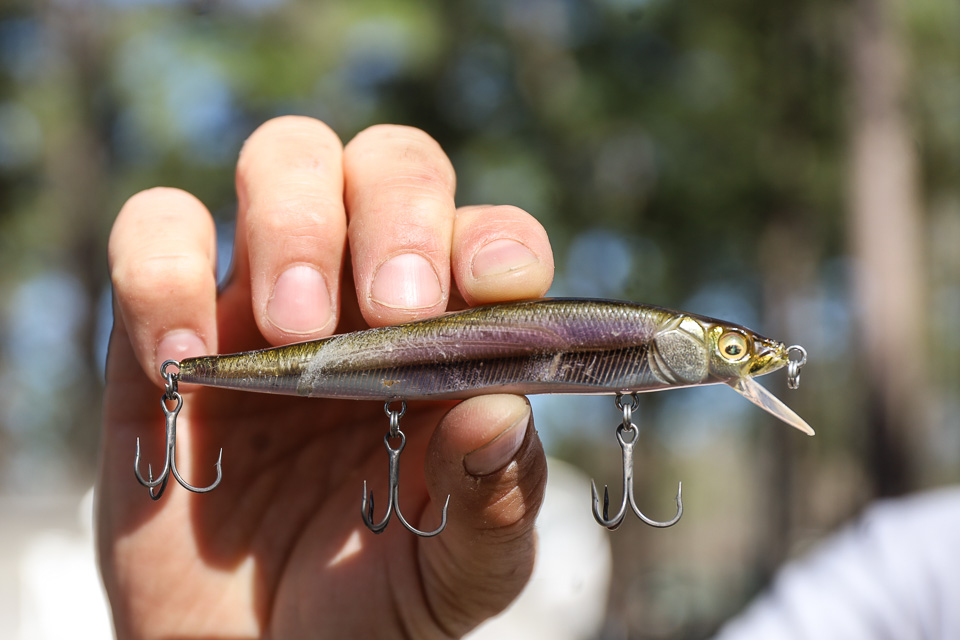
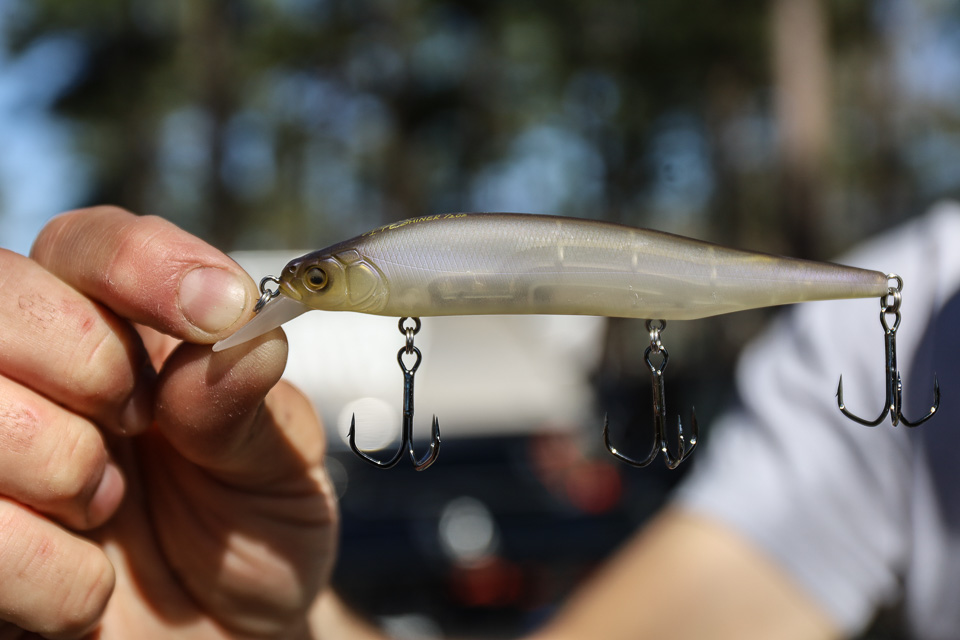
“The 110 platform has a very hard, side-to-side darting action,” Palaniuk said. “The Ito Shiner has more roll and flash when the bass are more aggressively feeding.”
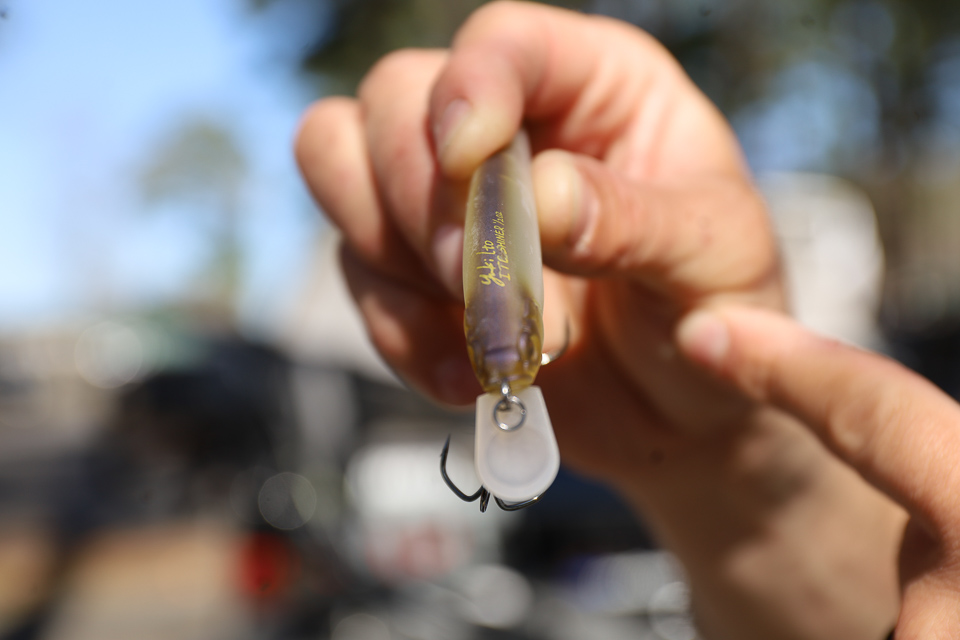
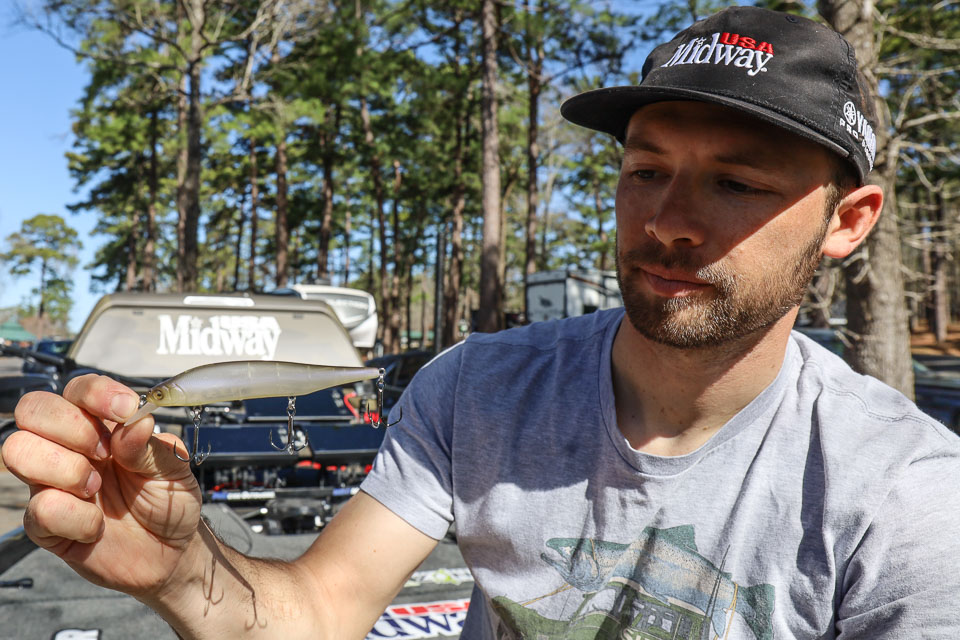
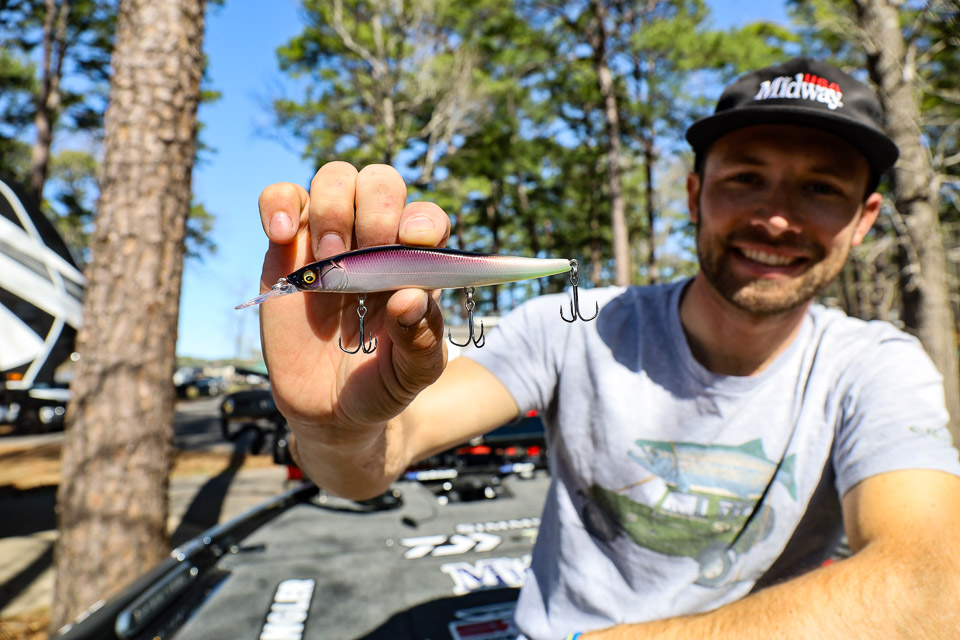
The +1 model penetrates slightly deeper strike zones than the standard model.
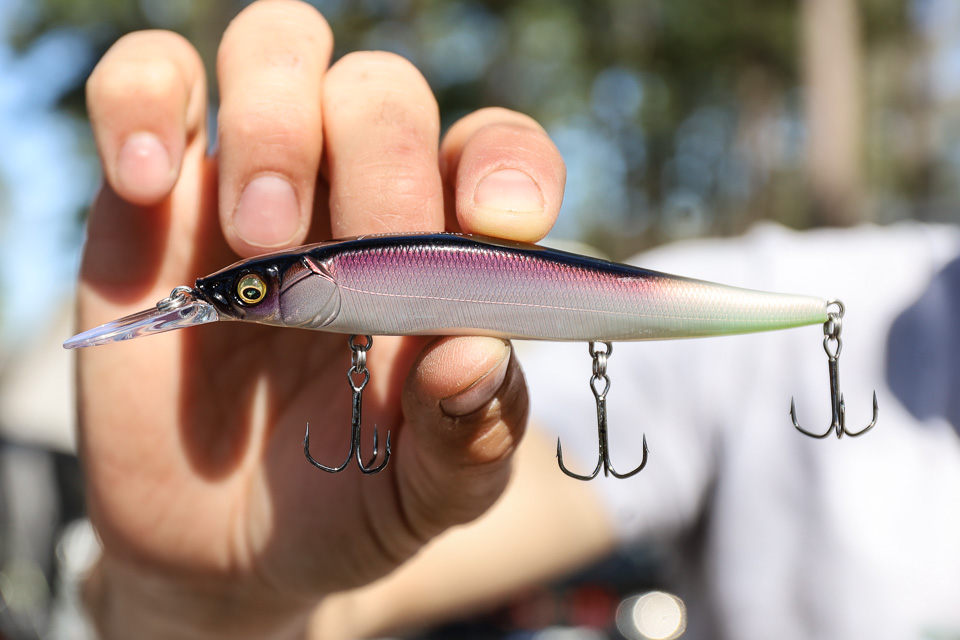
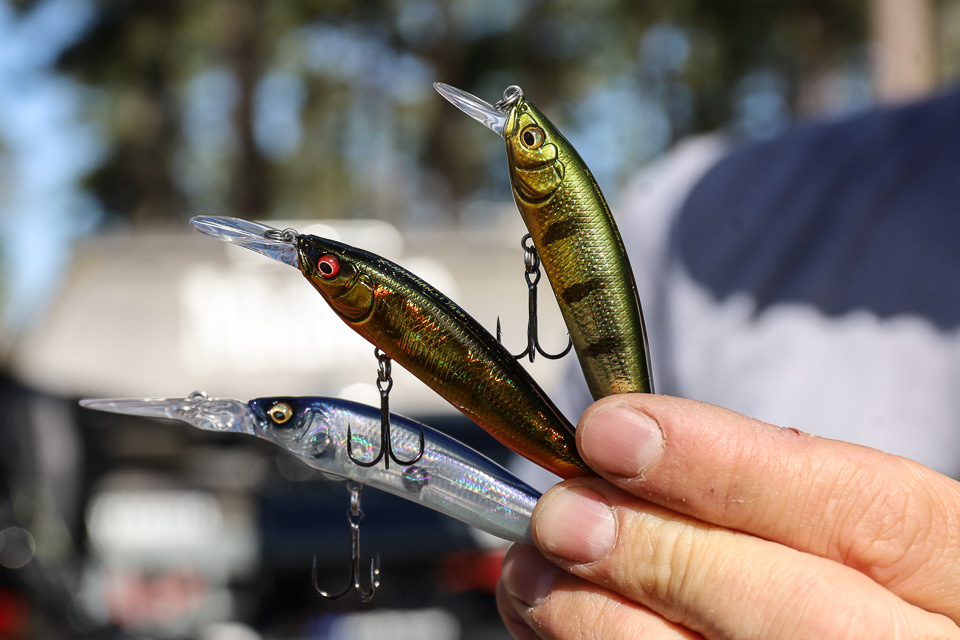
The +2 model extends strike zone coverage to 12 feet on 12-pound fluorocarbon, making it the deepest running of the three 110 models.
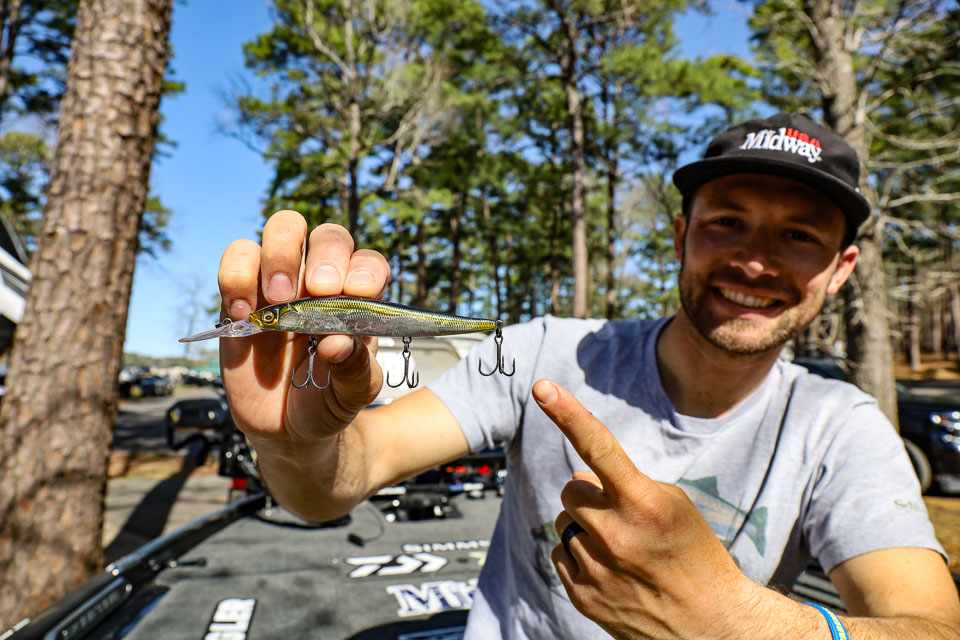
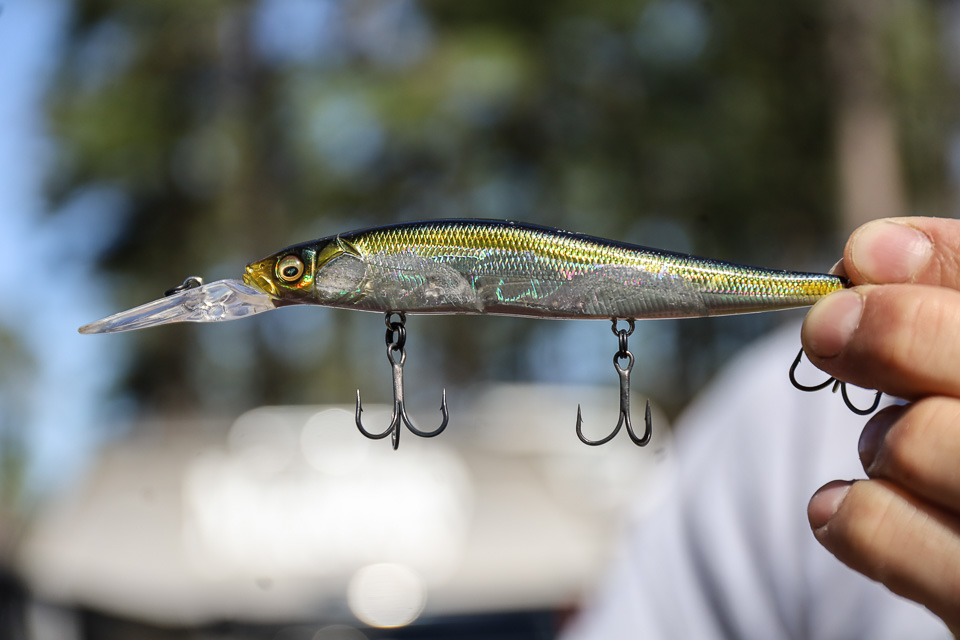
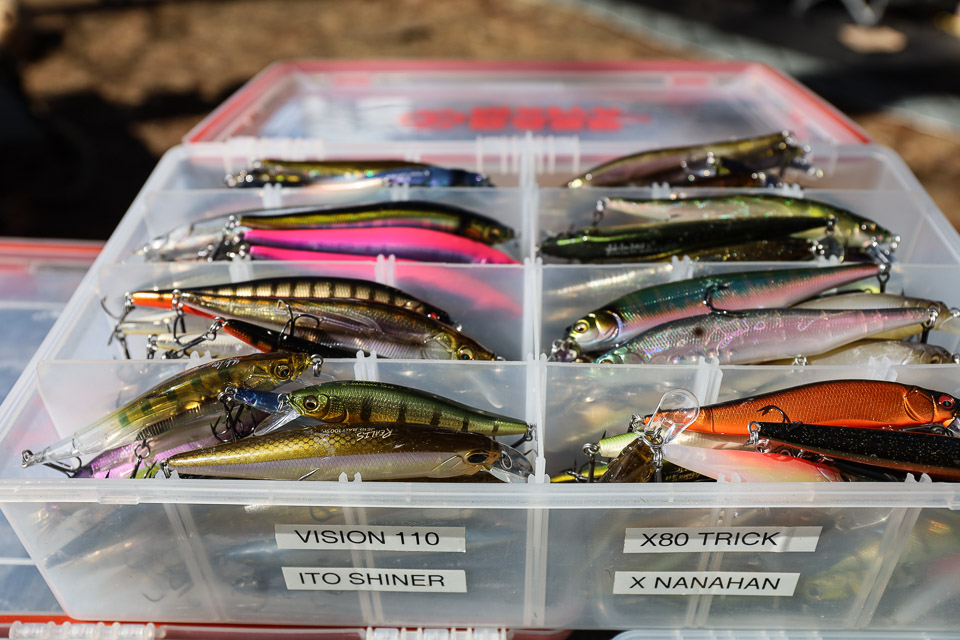
The X Nanahan comes in standard, +1 and +2 versions. “It’s a smaller framed jerkbait with similar actions to the Ito Shiner in a smaller profile,” Palaniuk said. The high pitch-and-roll action on a straight retrieve triggers chase bites. When jerked the bait imparts a sharp darting action and flicker-flash to trigger the predator instinct of a bass.
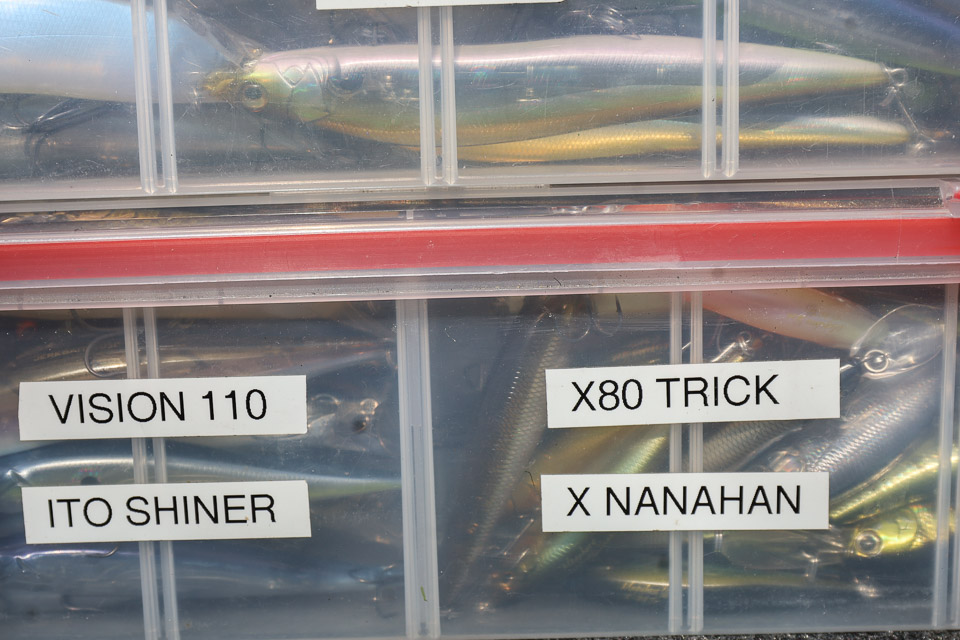
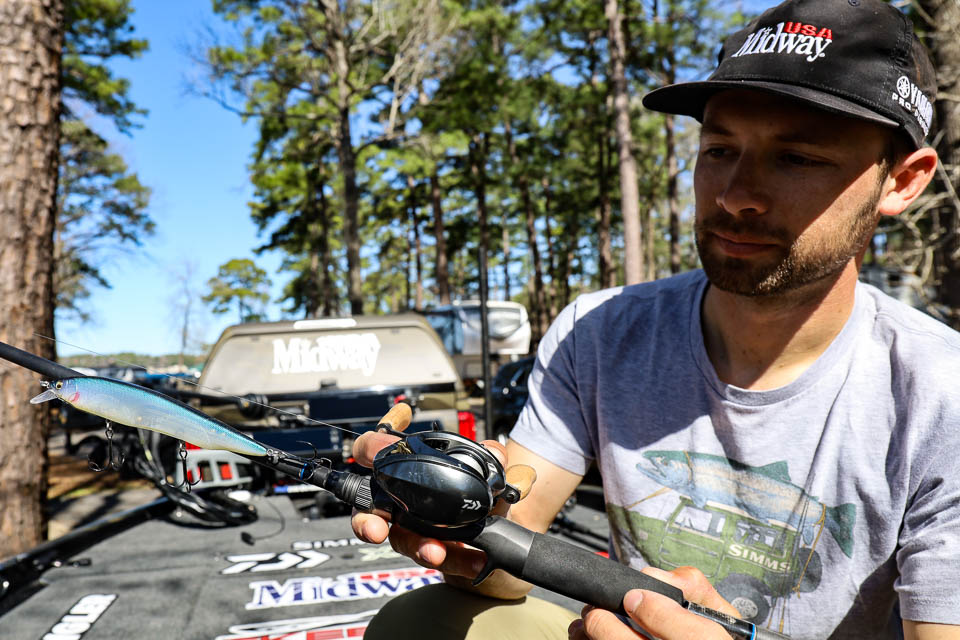
Palaniuk calls the 6-inch Kanata the “mother ship” of the jerkbait lineup. Available in standard, +1 and +2 sizes with running depths from 4 to 10 feet, the tall, flat-sided body displaces more water with flash for added strike appeal.
